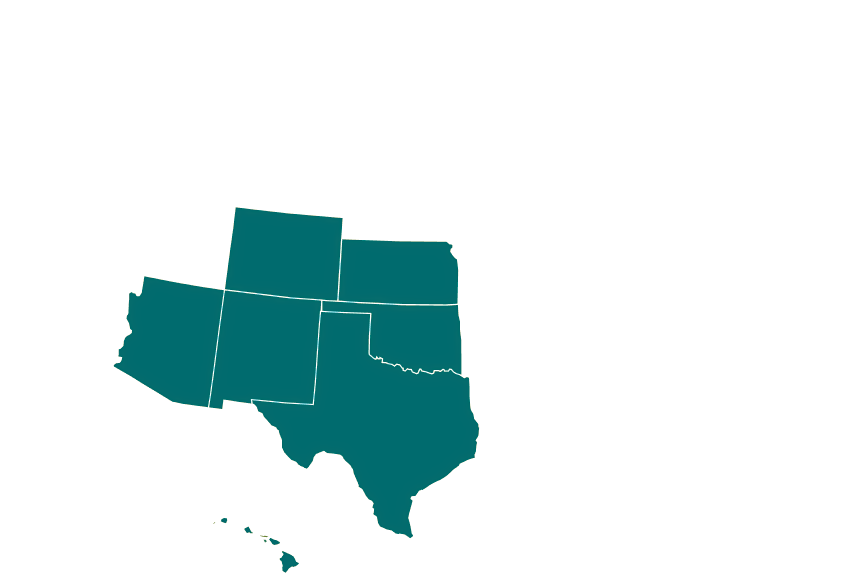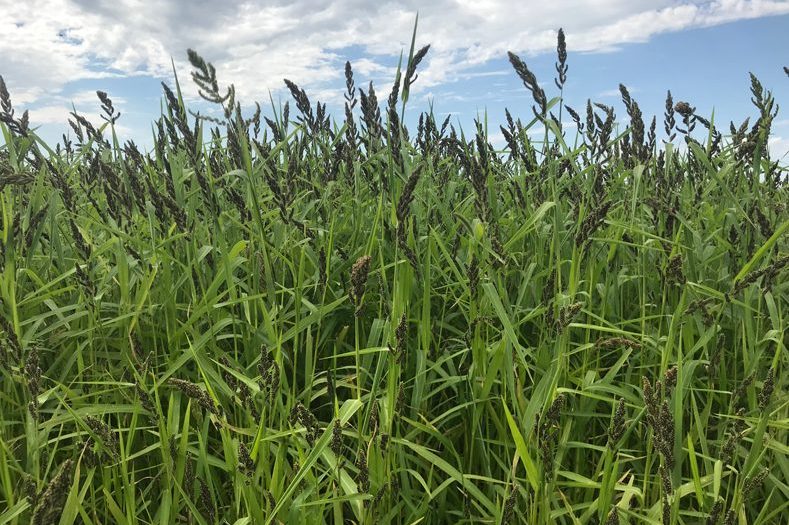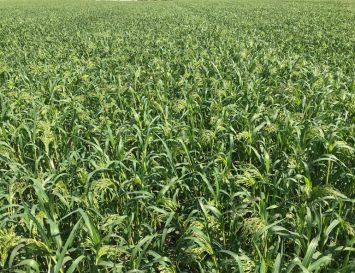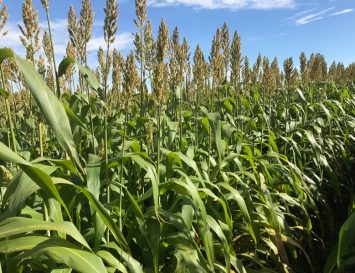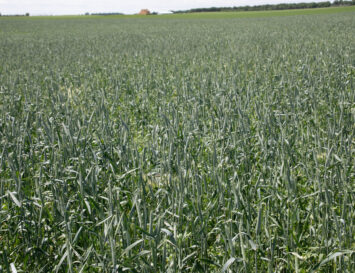Japanese Millet
$0.95
Japanese Millet is a warm-season annual grass commonly grown for forage. It grows up to 5’ tall and has a slightly coarser stem than other hay millets. It is extremely quick growing and can be ready to cut for hay within 50 days of planting. It also displays good regrowth persistence in a multi-cut haying or grazing scenario. Japanese millet can be easily cured for hay and will have forage quality similar to other millet or small grain hay. It has much better tolerance to flooding than other summer annual forages and can grow in heavy, wet soils. Japanese Millet also has a higher level of saline tolerance than other millets.
Drilled Seeding Rate: 20-25 lbs/acre
Need some help? Contact us.
Product Guide
Planting
- Planting Time: Late Spring – Mid Summer
- Millet needs a minimum soil temperature of 60 degrees to germinate.
- Drilled Seeding Rate: 20-25 lbs/acre
- Ideal Seed Depth: 1/2” – ¾”
- Millet can also be broadcasted and rolled or packed to gain seed to soil contact.
Fertility
- Japanese millet requires approximately 10 lbs of N, 5 lbs of P2O5, and 12 lbs of K2O per ton of forage produced.
- Apply ½ rate of nitrogen before or immediately after planting, and the other ½ rate 30 days after emergence.
- If crop is intended for multiple cuttings, split apply the total rates recommended between each cutting.
- Do not exceed a total of 10 lbs/a of N+K if fertilizer is placed in-furrow at planting.
Weed Control
Plant into a clean, weed-free seedbed and use the herbicide options below for optimal weed control:
| Timing | Herbicide | Rate | Notes | Weeds Controlled | Control Method |
| Preplant or Preemergence | Glyphosate** | 32 oz/a | Apply any time before crop emergence. | Grasses & Broadleaves | Contact |
| Post- emergence | Comet (Fluroxypyr) | 0.5-0.67 pts/a | Apply between the 2-leaf stage and before early boot stage. | Broadleaves | Contact |
| 2,4-D Amine (2,4-D) | 0.5-1 pt/a | Apply from 5-leaf stage to early boot stage. | Broadleaves | Contact |
*Always read and follow label instructions before making an application.
**Different glyphosate products may have different application rates. Refer to the label before making an application.
Disclaimer: All products and rates were provided by university-based sources and product labels. Always follow label instructions and consult your local chemical dealer and seed dealer before making any applications or planting of seed.
Harvest Management
- If managing for multiple cuttings of hay, cut Japanese Millet in the boot stage of maturity or earlier and leave 4” of stubble to allow the best regrowth.
- If managing for a single cutting, cut in the late boot stage through early seedhead emergence for high yield without sacrificing quality.
- In a grazing system, begin grazing before any seedheads have emerged and graze to a minimum stubble height of 4” before removing livestock and allowing regrowth.
- Anti-Quality Factors: Millets are less likely to have high levels of nitrates than other warm-season forages such as sorghum. Under drought conditions, nitrate levels may rise and caution should be used if haying or grazing. There are no prussic acid concerns with millets.
Multiple Regions
Every acre is different and our goal is to help you know what works best in your area. This 'Growing Regions' section showcases where this species works best. If you have any questions on product placement, feel free to contact our experts and we will help!





